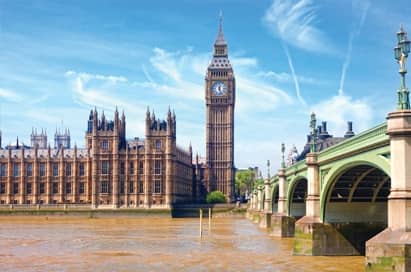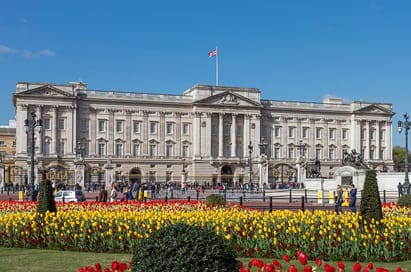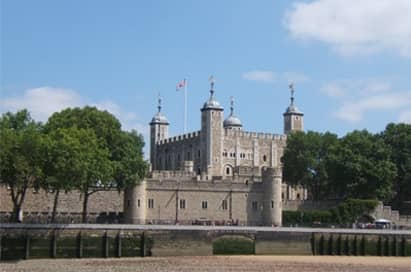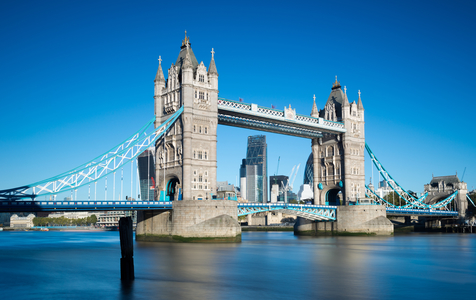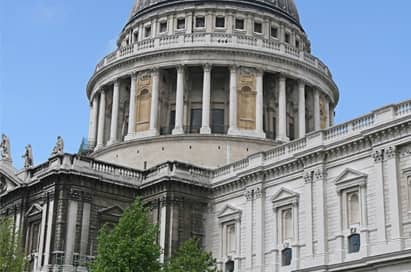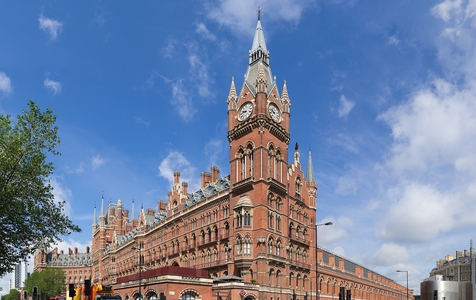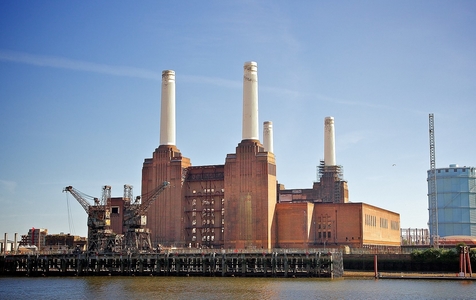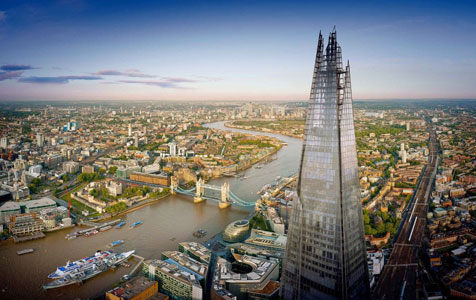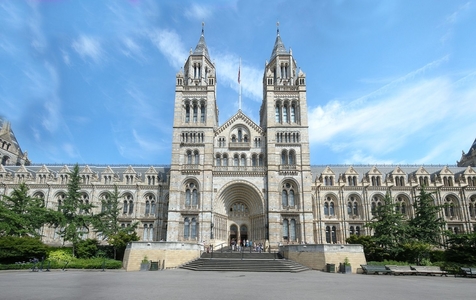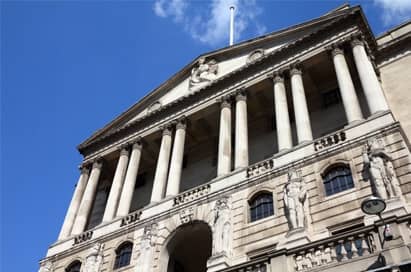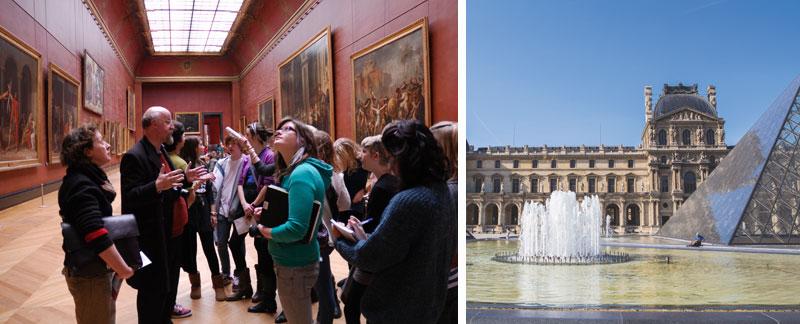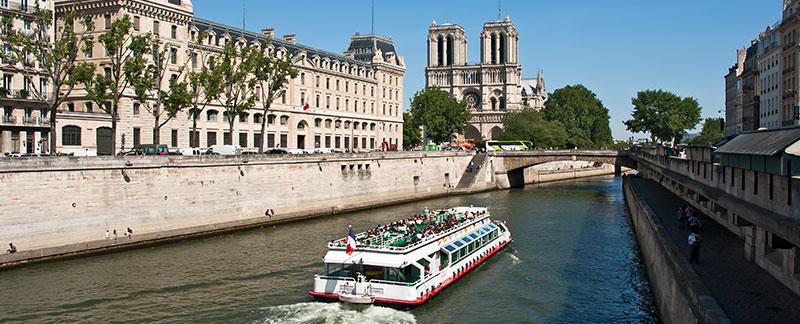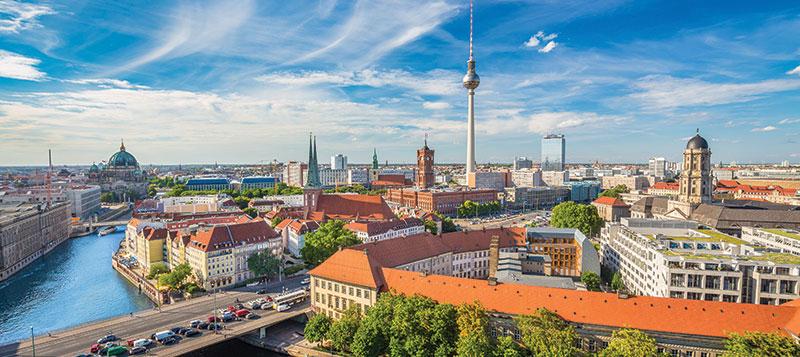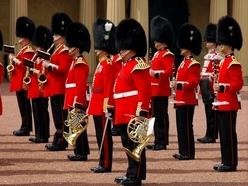10 Must Visit Famous Buildings in London
A list for the famous buildings in London could go on forever! We have selected our favourite top 10 for inspirational school visits to London.
1. Houses of Parliament is the home of British Politics and officially called the Palace of Westminster. It was originally a royal palace in the 11th century, since the 13th Century it was the Parliament of England and then re-built during the Victorian era after a fire. Students can go on a guided visit to see The Queen's Robing Room, the Royal Gallery, The Prince's Chamber, the Chamber of the House of Lords, the Central Lobby, House of Commons, Member's Lobby, Division Lobby, St Stephens Hall and Westminster Hall. Visitors can observe Prime Minister’s Question Time on Wednesdays at 3pm. Tickets must be obtained in advance through your local MP.
2. Buckingham Palace is the official London residence of Her Majesty The Queen and serves as both home and office. First built around 1624 for the Duke of Buckingham, it became a palace in 1826 using the services of architect John Nash and Edward Blore. During August and September when The Queen makes her annual visit to Scotland, the Palace's nineteen state rooms are open to visitors. These are used extensively by The Queen and Members of the Royal Family to receive and entertain their guests on State, ceremonial and official occasions.
3. Built by William the Conqueror in the 1070s as a fortress, the Tower of London is currently the protector of the Crown Jewels, home of the Yeoman Wardens and the ravens. Many over an 800-year period were ‘sent to the Tower’ and imprisoned. A tour takes the group through the Tower to see the exhibitions and learn about its history, in addition relevant educational programmes and workshops can be arranged.
4. Tower Bridge, which crosses the River Thames, was built between 1886 and 1894 and is an iconic symbol of London with its two towers and bridge deck which opens to allow tall ships through. You can walk across the lower bridge deck, but the twin towers, high-level glass walkways and Victorian engine rooms are part of the Tower Bridge Exhibition which you can visit.
5. St. Paul's Cathedral is the seat of the Bishop of London and the highest point in the city. The present cathedral dates from the 17th century and was designed in an English Baroque style after the great fire of London by Sir Christopher Wren. Recognised by its great dome, it was the tallest building until 1967. It is a working church and a guided tour can be organised to visit this beautiful building inside.
6. St Prancras International Train Station, recently renovated, was originally opened in 1868 and its façade is now a Grade 1 listed building. This impressive red brick Victorian gothic building has many interesting architectural features as well as the famous Dent Clock, 8.5ft bronze Betjeman Statue and the London 2012 Olympic rings recycled into seating.
7. The iconic Grade II listed building, Battersea Power Station, has recently been brought back to life with a mix of restaurants, shops, parks and cultural spaces. It was originally a coal-fired power station built in the 1930s and 1950s and was one of the world’s largest brick-built buildings with art deco interior fittings and decoration.
8. The Shard is a 95-storey skyscraper built in 2012 and is the tallest building in the UK. The view from the Shard is situated on floors 68, 69 and 72, almost twice the height of any other viewing platform in London, where you can take in all of London at once with 360-degree views of up to 40 miles long on a clear day.
9. The Natural History Museum is a beautiful building and makes extensive use of terracotta tiles which feature many relief sculptures of flora and fauna. It is the world's leading museum of natural history and contains a range of interactive exhibitions including an earthquake experience, the Darwin Centre, the Attenborough Studio and the iconic dinosaur exhibition.
10. The Bank of England was established in 1694 and the current building was built between 1925 and 1938 after demolishing the old bank, designed by architect Sir John Saone, which had been regarded as one of London’s architectural gems. Educational visits can be arranged to the banks’ museum which includes a talk and presentation.
Inspired? School trips to London are suitable for many subjects including Art & Design, Business & Economics, Travel & Tourism, History & Politics as well as a general Cultural & Enrichment tour.
Give us a call and start your journey to London with European Study Tours today

Price Match Guarantee
We GUARANTEE to match any LIKE-FOR-LIKE quote from another tour operator so you can be confident you're getting the best value for money.
We are here to ensure you and your students get the most out of your tour and we are confident that our prices are competitive without compromising on quality. If you have obtained an alternative quote from another tour operator our team would be delighted to discuss this with you.

